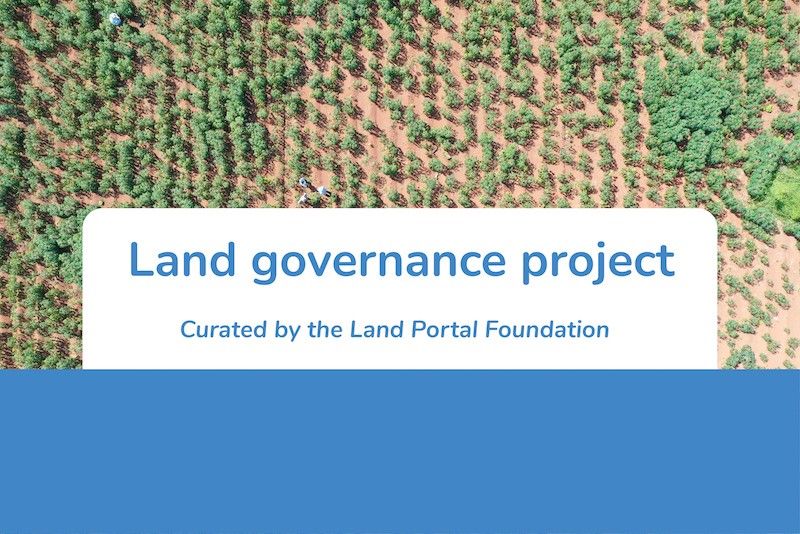Community / Land projects / African Integrated Landscape Management
African Integrated Landscape Management

€0
01/17 - 10/18
Voltooid
This project is part of
Implementing Organisations
Donors
Data Providers
General
Period 01.01.2017-31.03.2017: There is an increasing acceptance that sectoral approaches to land management are no longer sufficient. An integrated place-based rather than a sector based development, the so-called Landscape Approach is broadly definedas a framework to integrate policy and practice for multiple land uses, within a given area, to ensure equitable and sustainable use of land. An Integrated Landscape management aims to balance competing demands on land through the implementation of adaptive and integrated management systems that achieve coherence in policies and actions and maximize synergies across multiples sectors. The landscape approach combines social, ecological and economic perspectives and requires different qualities and competences. That#s way Oxfam NOVIBjoined the Landscapes for People Food and Nature initiative (LPFN) in 2016. This initative is a leading the discussion on Integrated Landscape Approaches at the international level. It is funded by the Dutch Ministry of Economic affairs (coordinated by EcoAgriculture) with additional funding from the Sustainable Green Growth department within the Dutch Ministry of Foreign Affairs. The LPFN initiative supported the African Resilient Landscapes Initiative (ARLI), which was endorsed by the African Union in 2015 and is supported by the African Landscapes Action Plan (ALAP) and the AFR100 Initiative, provides a comprehensive framework to aggressively advance integrated landscape approaches across the continent. The funding willcontribute to the follow-up trajectory of a 3-day knowledge-sharing event for 150 landscape practitioners, that took place in Ethiopia at the end of 2016. Knowledge sharing workshops, exchange visits, and regional knowledge-sharing events, in which to compare and contrast experiences, and innovate new solutions to commonchallenges, have proven to be important aspects of learning and application of ILM techniques, but need a follow-up to be really effective. This grant will allow the LPFN initiative to further advance implementation of the African Landscapes Action Plan at different country levels. Period 01.11.2017-31.10.2018: Traditional approaches to property rights pose a major challenge for pursuing collaborative strategies for sustainable landscape management. Familiar issues of ownership and access rights to land, water, forests and other resources affect incentives for investment in sustainable management. But other issues also arise, like competing legitimate claims by different stakeholders who are affected by resource management by other users and uses. Therefore, expanded investment in integrated landscape approaches requires more nuanced understanding of the contextual factors and policy mechanisms by which tenure security can be assured, and sets of rights renegotiated among stakeholders. The multi-level, multi-sector, multi-actor governance required for integrated landscape management has generated a host of innovations around land and resource rights that need attention and better understanding. New social actors are becoming involved in resource management. New types of benefits for rights-holders, such as payments for environmental services and results-based payments for REDD+, are stimulating reformulations and expansionsinthe types of property rights that matter (differentiate use rights, control rights and authoritative rights). This initiative aims to develop a new analytical framework for understanding the issues of property and resource rights in the context of integrated landscape management, and to propose strategies to address them inform in more effective and equitable ways. The specific objectivesare to: 1) Develop a framework for understanding and analyzing issues related to land and resource rights within landscape mosaics where there is strong interaction and interdependencies among different land uses and land users; 2) Evaluate opportunities and tradeoffs associated with evolving rights; 3) Identify innovative solutions and potential strategies foraddressing key issues; 4) Identify priority research questions that should be explored moving forward.



